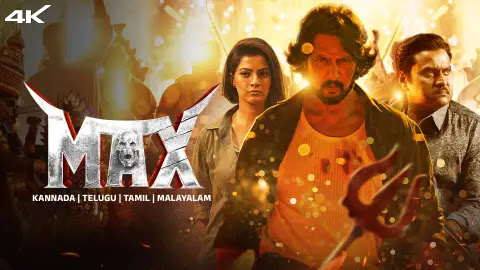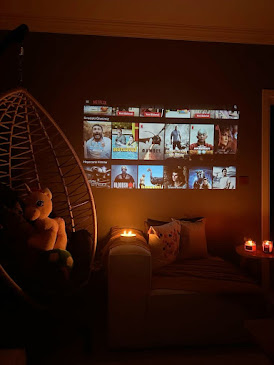Iconic Desi Cinema Directors and Their Timeless Impact

Desi cinema, particularly Bollywood, has been shaped by the vision of several iconic directors whose films continue to influence both Indian and global filmmaking. In this post, we’ll highlight a few such filmmakers and the lasting impact of their work. Satyajit Ray: The Maestro of Indian Cinema When it comes to Indian filmmakers, Satyajit Ray’s name stands above all. Known for his groundbreaking work in Bengali cinema, Ray’s films are celebrated for their humanism, elegance, and poetic storytelling. His most famous film, Pather Panchali (1955), remains one of the greatest films ever made of desicinema . Ray’s work explored the nuances of life, portraying the struggles of ordinary people with dignity and depth. Ray was a master of portraying the inner lives of his characters. His films were not just about storytelling, but about creating empathy for the characters. His influence extends far beyond Indian cinema and continues to inspire filmmakers around the world, including M...

.jpg)








.jpg)

